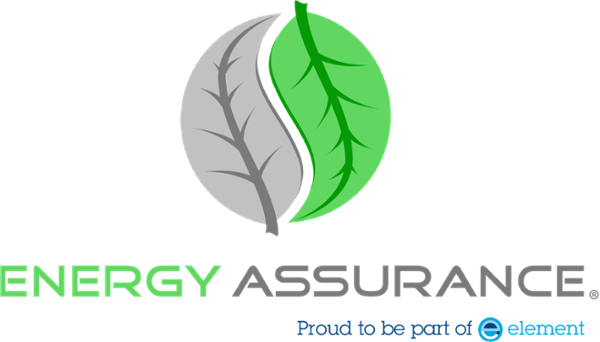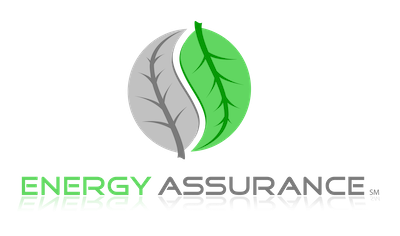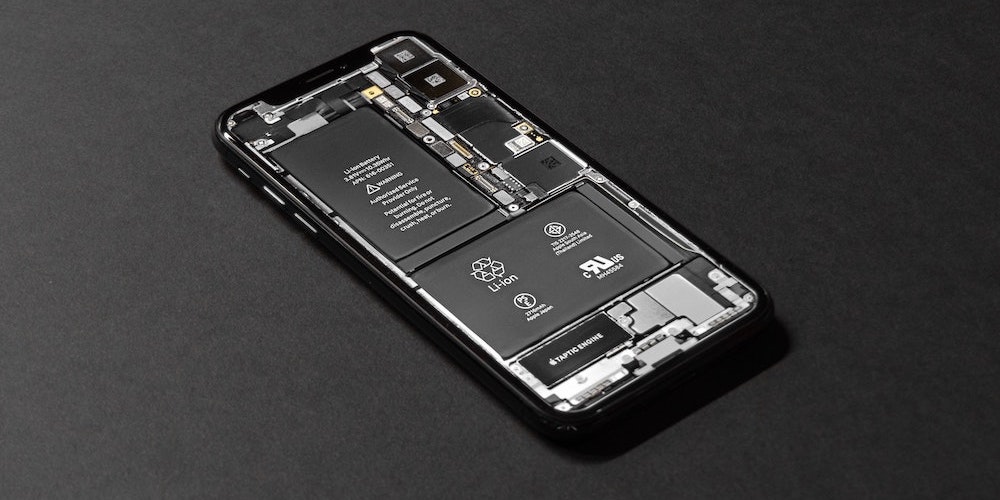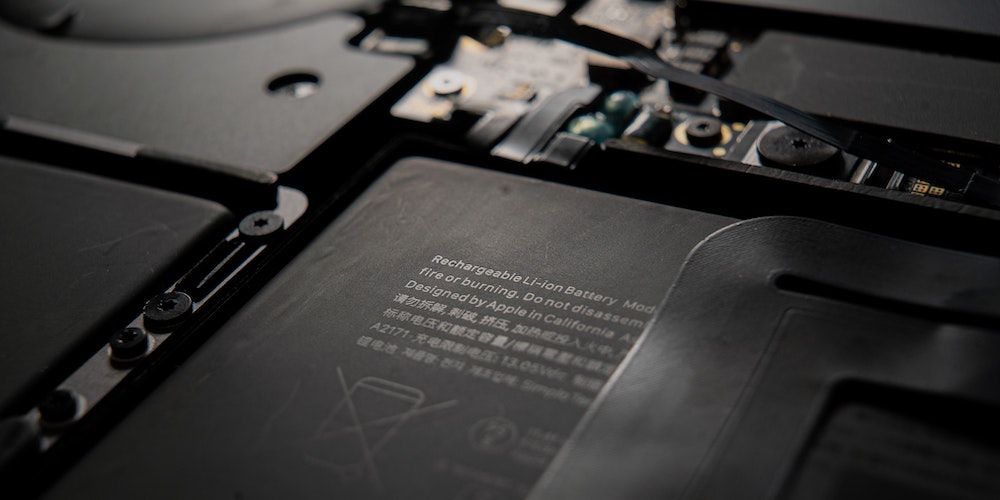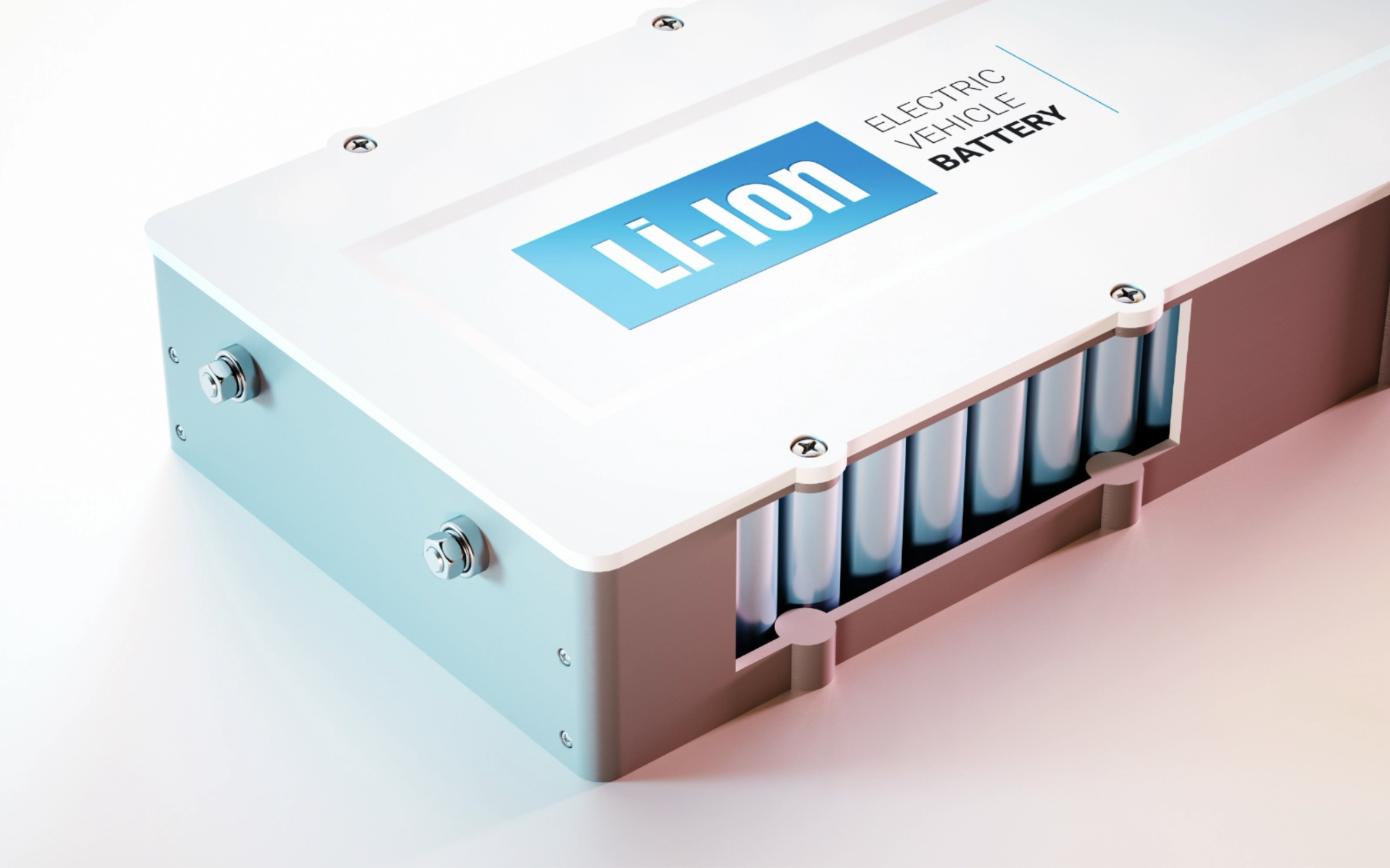
Until recent years, component lithium-ion cells maintained a relatively simple compliance plan. The most common and globally accepted standard for lithium batteries was UL 1642. With the introduction of IEC 62133 in 2002, international markets began to move away from the regional UL 1642. This led to the broadened plan scope for cells that needed to provide global compliance support to include both standards. Today, it’s very common for reputable cell suppliers to have a UL 1642 Recognition and an IEC 62133 (including IEC 62133-2:2017) CB certificate.
Over the past 3-4 years, new standards have emerged to address the specific concerns of battery packs used in specific applications—storage, road vehicles, e-mobility, and others. Although new standards were released, most cells remained stable with UL 1642 and IEC 62133 covering them in most cases. Within the past 2 years, there has been a move to address new cell level concerns specific to these applications. Because of this, we are seeing the new battery pack standards include more cell level requirements.
UL 1973, which covers stationary, vehicle aux power, and light electric rail applications has just released a proposal that removes the option to use a UL 1642 recognized cell and implement a set of cell-level tests entirely unique to UL 1973 and its intended end-use applications. This is consistent with the international standards community who has already started to move to a hierarchy of standards that cells must comply with based on the end-use of the battery they will be built into. These requirements are based on the general use of the end device (such as industrial use) as well as a product-specific standard for a specific use, such as e-mobility. Energy Storage Systems’ cells, for example, are required to comply with both IEC 62619 for basic safety requirements and additional application-specific requirements from IEC 63056 for ESS (Energy Storage System) applications.
With these changes and expanded use of batteries in more and varied applications, it’s challenging to finalize a compliance plan for lithium-ion cells. The cell suppliers will need to have knowledge of the end-use application of the battery they will potentially be built into. Alternatively, the battery or end device manufacturer will become responsible for testing at the cell level.
Below is a summary table of what’s currently required for cells by application for both U.S-specific and international standards:
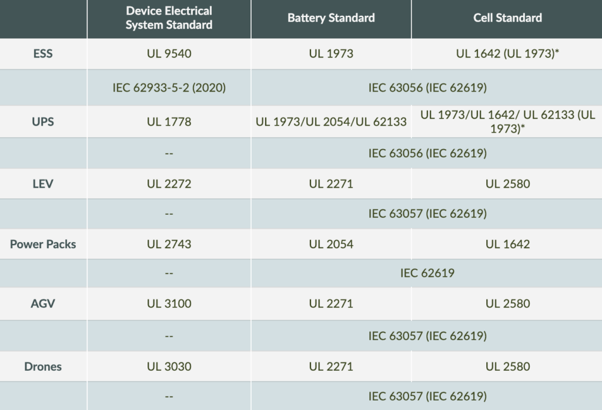
The table shows UL 1642 and IEC 62133 are no longer the only requirements a cell supplier will need to understand and comply with. Their certification needs will vary not just by who they’re selling to but also who their battery manufacturer customer is selling to. For a cell supplier to be covered under all potential current end-use applications with standards, the certifications would need to include:
- U.S based – UL 1642, UL 1973 and UL 2580
- International – IEC 62133-2, IEC 62619, IEC 63056, IEC 63057
This list is expected to grow as more standards are developed to cover additional varied applications. Planning for compliance will be a much more important and varied task for cell suppliers as this happens.
Planning for U.S and Global Compliance
- Plan for the end result you want
- Understand your target market’s needs
- Installation (type, location, environment)
- Understand global compliance needs
- Differentiate between what’s required versus what’s recommended/requested
- Testing and evaluation
- 3rd party certification
- Be able to guide your customer to the correct plan
- Complete testing and certification to show you know where you’re going
